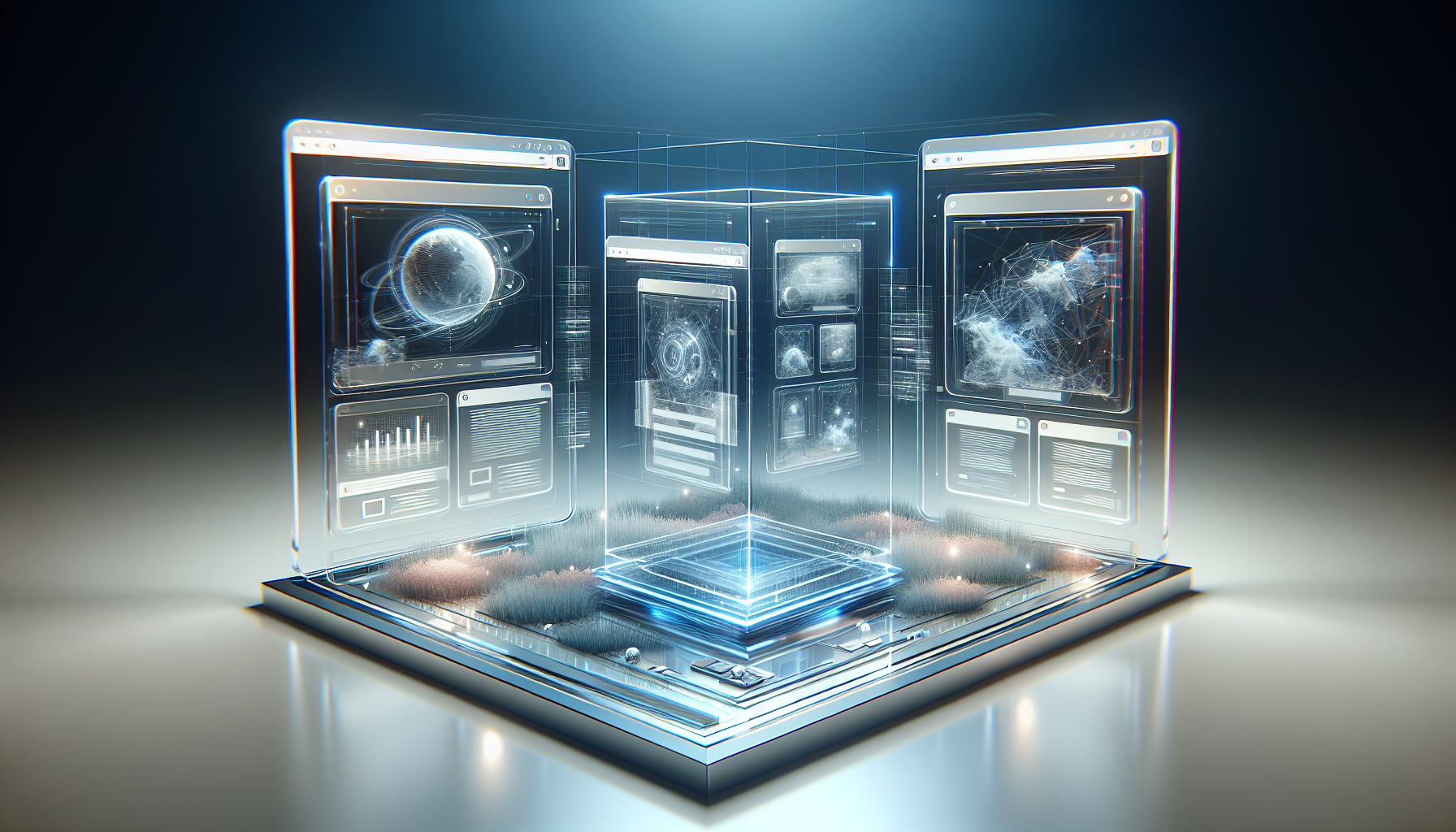Web Design Revolution: 5 Cutting-Edge Trends Redefining Digital Experiences in 2023
Web Design Trends: Navigating the Digital Landscape in 2023
In the ever-evolving world of digital design, staying ahead of the curve is crucial for creating compelling website experiences that captivate and engage users. As we dive into the latest web design trends, we’ll explore how innovative approaches are reshaping the digital landscape and transforming the way we interact with online platforms.
Minimalism Meets Meaningful Design
The days of cluttered websites are long gone. Modern website design is embracing a minimalist approach that prioritizes clarity, functionality, and user experience. Designers are now focusing on creating clean, purposeful interfaces that communicate brand messages effectively while providing seamless navigation.
“Simplicity is the ultimate sophistication,” said Leonardo da Vinci, and this sentiment rings truer than ever in contemporary web design. Minimalist design isn’t just about removing elements – it’s about making every pixel count.
Bold Typography Takes Center Stage
Typography has emerged as a powerful design element, transforming from a mere communication tool to a central visual experience. Large, bold, and expressive typefaces are becoming the focal point of many website designs, creating visual impact and guiding user attention.
Designers are experimenting with:
– Oversized headings
– Unconventional font pairings
– Dynamic text animations
– Custom typography that reflects brand personality

Immersive Color Palettes and Gradients
Color is no longer just a background element – it’s a storytelling tool. Websites are adopting more vibrant, unexpected color schemes that create emotional connections with users. Subtle gradients and bold color transitions are replacing flat design, adding depth and dimension to digital experiences.
The trend towards bold colors serves multiple purposes:
– Enhancing brand recognition
– Creating visual hierarchy
– Improving user engagement
– Conveying emotional narratives
Dark Mode and Adaptive Interfaces
User preferences are driving design innovation, with dark mode becoming a standard feature across websites and applications. This trend goes beyond aesthetic appeal – it addresses user comfort, reduces eye strain, and provides energy efficiency for devices with OLED screens.
Adaptive interfaces that seamlessly transition between light and dark modes demonstrate a commitment to user-centric design, showing that modern websites are about creating personalized experiences.
Micro-interactions and Animation
Subtle animations and micro-interactions are transforming static websites into dynamic, responsive experiences. These small, functional animations provide immediate feedback, guide user interactions, and make digital interfaces feel more intuitive and alive.
Examples include:
– Hover state transformations
– Loading animations
– Interactive button responses
– Scrolling effects
Mobile-First and Responsive Design
With mobile internet usage continuing to dominate, responsive website design is no longer optional – it’s imperative. Designers are prioritizing mobile experiences, ensuring that websites look and function perfectly across all device sizes and screen resolutions.
Key considerations for mobile-first design:
– Flexible grid layouts
– Touch-friendly navigation
– Optimized image and content loading
– Performance optimization
Accessibility and Inclusive Design
The modern web is becoming more inclusive, with designers focusing on creating websites that are accessible to users with diverse abilities. This means implementing:
– High color contrast
– Keyboard navigation support
– Screen reader compatibility
– Clear, readable typography
AI and Personalization
Artificial intelligence is revolutionizing website design by enabling more personalized user experiences. Machine learning algorithms can now adapt website content, layouts, and recommendations in real-time based on individual user behavior and preferences.
Performance and Speed
In an era of diminishing attention spans, website performance is crucial. Designers and developers are implementing techniques to ensure lightning-fast loading times and smooth interactions, including:
– Optimized images
– Efficient code
– Content delivery networks
– Lazy loading techniques
Conclusion: The Future of Website Design
The web design landscape continues to evolve, driven by technological advancements, user expectations, and creative innovation. Successful websites will be those that balance aesthetic appeal with functional excellence, creating memorable digital experiences that resonate with users.
By embracing these trends, designers can create websites that are not just visually stunning, but also intuitive, accessible, and deeply engaging. The future of web design is about creating digital spaces that feel human, responsive, and genuinely connected to user needs.
